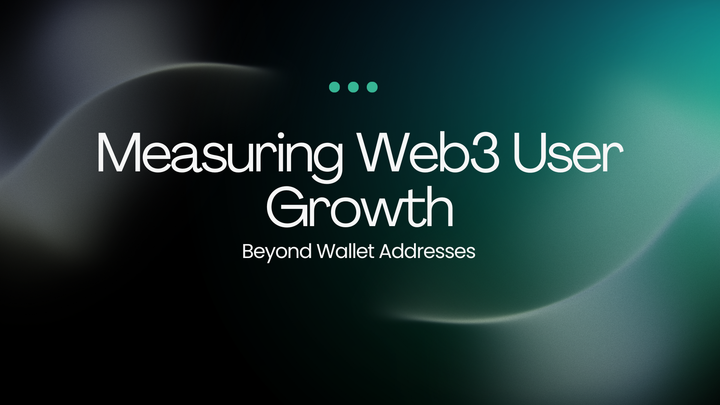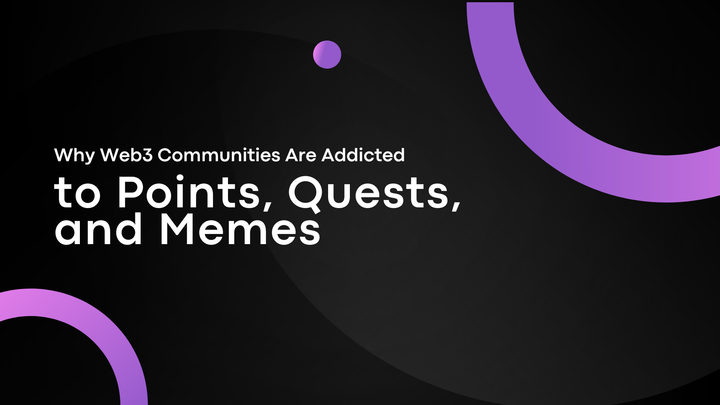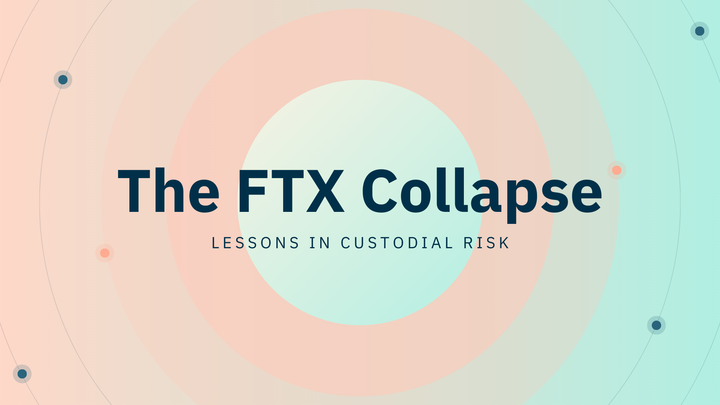INTENT VALUE CHAIN

THE INTENT VALUE CHAIN [purpose ———> product]
WHAT INTENTS ARE
Intents encapsulates users implied goal or purpose when interacting with a blockchain protocol, dApp, or even smart contracts. It might be transferring tokens, executing a trade or participating in an autonomous governance vote.
At its core, Intent value chain is a framework that allow users express their desires "intent" in a blockchain and how those intents are carried out.
Interacting with decentralized applications [dApps] or executing transactions on the blockchain often requires users to navigate complex processes e.g, signing transactions, customizing gas fees, liquidity routes and sometimes interacting with smart contracts. For the average user, this might seem too overwhelming.
The Intent Value Model flips this paradigm and redefines how transactions are initiated, optimized and executed by abstracting the complexity of on-chain interactions to a user-centric, intent-driven framework, promising scalability, reduce costs and foster interoperability. This can be likened to switching from a manual car to an electric or a self-driving vehicle.
INTENT VALUE CHAIN STRUCTURE
Composed of several interconnected layers, with each layer playing a critical role in transforming a user’s intent to a realized outcome.
User Intent Declaration – The users express their intent (could be through a wallet or a dApp interface or even a natural language prompt e.g. “buy $200 worth of ETH with the minimum gas fee”). Basically, the intent is structured into a format that include parameters like the desired asset to buy, amount at which to buy at, and constraint specifics (e.g. slippage or timeframe to carry out the intent).
An example would look like “bridge $200 BASE TO ARB at the best slippage price within 1hour”
Objective – buy $200 ETH with USDC
Barrier – Max slippage, execution time frame (e.g 20 mins), preferred chain to use.
Intent Aggregation – Once the intent has been declared, they are then collected and compiled by protocols designed to handle the. These platforms acts as marketplaces where intents are broadcasted to potential solvers. Aggregators ensure this is possible by batching the intents to reduce costs and improve outcomes. E.g. A platform like Anoma aggregates multiple users’ bridge intent to find the best opportunities for matching trades.
Solver Networks – are the powerhouses (mitochondria) of Intent Value Chains. They are usually entities comprising of individuals, algorithms and even decentralized autonomous organizations (DAOs) that compete to fulfill these user intents.
What do solvers do, technically they;
- Analyze user intents
- Explore all available options (LPs, order books, cross-chain bridges)
- Propose the best execution path suited to carry out the users’ intent.
Solvers are incentivized by fees paid or rewards, to deliver optimal results. In the case of advance solvers, machine-learning or real-time market data might be leveraged on to outmaneuver competitors.
Execution Layer – After the solver proposes the best path for the users’ intent to be carried out, the txn is executed on-chain, and in some case off-chain (through L2 solutions).
The execution layer involves interacting with smart contracts, LPs or other blockchain infra to finalize the outcome.
Settlement – Once the user’s intent has been executed, and the txn settled on the blockchain. The outcome is verified to ensure it matched the user’s intent. This step often involves cryptographic proofs (zk proofs), decentralized oracles or DEX APIs to confirm transparency and accuracy. The reason is because if something tries to go wrong (e.g the solver tries to front-run a transaction), mechanisms like a slashing system can be used to penalize bad actors.
WHY INTENT VALUE CHAIN MATTERS
· User Experience
Removes the complexity of blockchain interactions and makes crypto accessible to non-technical users, say instead of battling with gas fees and private keys you can make transactions without any of those barriers
· Economic Advantage
Intents are batched which generally reduces gas cost on networks like Ethereum and solvers also compete to fulfill users intent, which reduces costs while improving the outcome. This competition between solvers ideally produces lower fees with faster execution.
· Cross-Chain Interoperability
Users can declare intents to move funds across chains e.g a user could declare an intent to move “0.5 ETH from Ethereum to Celestia as TIA” while solvers handle the whole process.
· Trustless Innovations
Intent value chain leverages on cryptographic proofs (e.g. zk proofs) and decentralized verification maintaining the trustless ethos of the blockchain while relying on the transparency and fairness of these innovations. Future innovations may involve AI-driven solvers and declaring intents in natural languages.
The intent value chain is deeply integrated into Mitosis's technical design, which is described as "capital intent infrastructure" through;
- Smart Contracts: Deployed on the Mitosis Chain and supported networks, these handle intent processing, governance, execution, and token issuance.
- Cross-Chain Protocols: Facilitate communication and asset transfers, critical for multi-chain liquidity management.
- Programmable Tokens: miAssets and maAssets serve as building blocks for advanced financial engineering, extending the value chain by enabling nested or recursive intents (e.g., decomposing a token into principal and yield components).
- Settlement Mechanisms: Ensure real-time synchronization and accurate reward distribution across chains.
Aditya says "Mitosis isn't just building DeFi tools. It's building capital intent infrastructure."
It’s not just vaults. It’s not just multi-chain liquidity, building infrastructure for onchain intent — expressed, directed, and executed through programmable liquidity containers.
Conclusion
Intent Value Chain is redefining crypto’s landscape with interop/acc teams building at every layer of the stack to align user’s intent with decentralized executions while maximizing both efficiency and trust.
As protocols evolve and adoption spreads, the Intent Value Chain will be at the heart of intuitive and user-driven web3 experience.
About Mitosis
X
Docs
Discord
Mitosis App



Comments ()